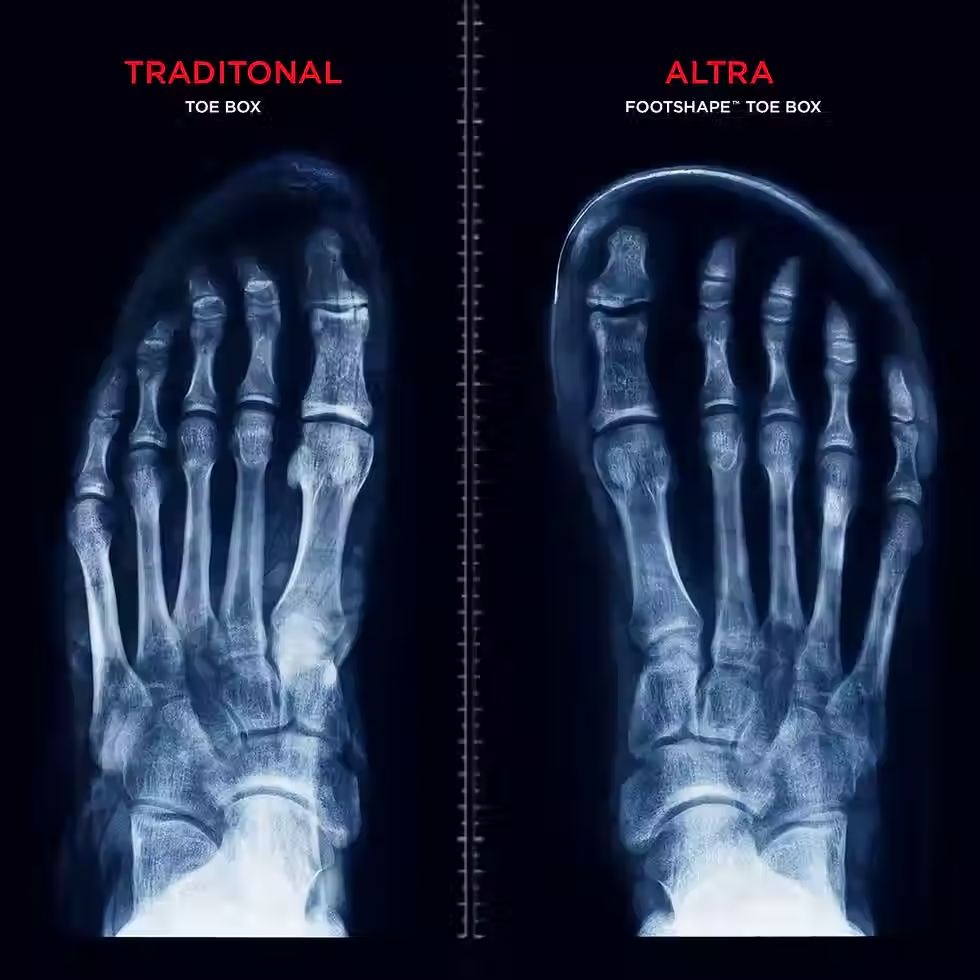Coordination in Young Athletes
- Kelsi Hughes
- Feb 28, 2022
- 4 min read
Many adults know how to do a squat, how to do a lunge, and may or may not know what a deadlift is. You’ve done push-ups throughout your life, remember when planks were the end-all-be-all exercise, and may be able to balance on one foot for more than ten seconds. Ask a middle schooler to perform any of these exercises. No weight, no tricks, just “do a squat,” and see what happens. What I am finding more and more is a big lack of coordination to perform these basic movements. A kid must be told how to fix the movement when they're having problems and though they hear what you are telling them to do, they do not have the body awareness to fix their form. There is a general lack of control to be able to coordinate multiple parts of their body at one time. One of my 14 year old patients says it’s like her arms and legs are north, south, east, and west and they can’t figure out the compass. If you have a teenager, I’m sure you understand this very youth description to describe the fact that it’s hard for her to coordinate her movements.

There are many reasons coordination is challenging. One is that the movements listed above and others are generally innate movements and we don’t train ourselves in them for specific exercise. And then we get lazy. For example, we squat to sit and to stand naturally, but how often do you or your teenager just plop onto the couch at the end of the day? I know I’m guilty! And when we do this, we lose a lot of control of this basic motion.
Another issue is how often our kids sit during the day. Kids are sitting for the majority of their several hours at school. They go home and sit to do their homework. They sit to eat supper. They sit to watch TV with the family or play video games or play games/text on their phones. This only gets worse as they progress through their education. For example, by the time I got to university and especially grad school, I sat in class for 8 hours a day (ironically, listening to how bad sitting for long periods was) then would leave school to study for my 50 tests that week, and relax at night by watching TV. This causes many leg muscles to shorten and weaken and postural muscles in the back get too weak to hold you upright for long periods of time and control your posture. So then you try to do a deadlift motion to pick something up from the floor, and it becomes hard to control a straight spinal posture because we are so used to being in a more rounded, rested position for the majority of our days.

Lastly, and maybe most importantly, coordination is affected by growth. And your kids in middle and high school are growing, and likely pretty fast! When your kids are growing, the bones are elongating. The problem is the muscles can’t always keep up. During this time, you have to teach the muscles to elongate and control these longer limbs so your kids aren’t moving like the crazy, wacky, inflatable, tube man that is advertising a sale outside of your local furniture store.
The good news is, this is easily fixable. Especially when you start early! Many kids may need a large mirror to be able to see the movement. They may need tactile cues and a full exercise breakdown to simplify the movement – and even when they finally get it, it’s usually hard to maintain the correct posture for 3 repetitions, much less when you are adding any amount of weight to these movements to build strength. It’s especially hard for that speedy kid that just moves fast to get it over with. I get it, the faster the exercise is done, the sooner they get to go do something they really WANT to do. But basic movements such as squats, pullups, deadlifts, pushups, lunges, etc. make up all regular movements, in life and in sport. These, along with other simple exercises, provide the coordination required to prevent injury and weight will be added for strengthening as they progress through their athletic career.

If kids can master these basic movements when they are around that 12-14 year old range, they will be a step ahead of their peers and have a reduced risk of injury because they have a better connection between their brain and muscles, know where their body is in space, and have better coordination which translates to sports related skills. Going back to my 14 year old patient’s metaphor - they figure out their compass. With this control and coordination, they may be able to start early strength training and have further protection against injury with continued practice. If you want to assess your child’s movement patterns and have them trained in a fun and safe environment, reach out for an assessment.



Comments